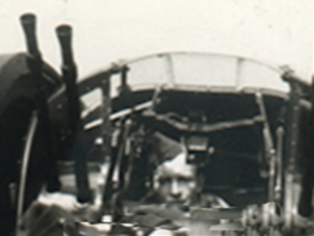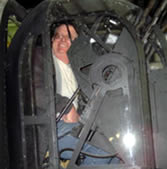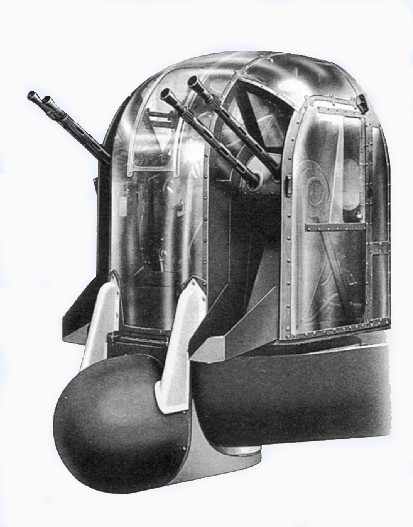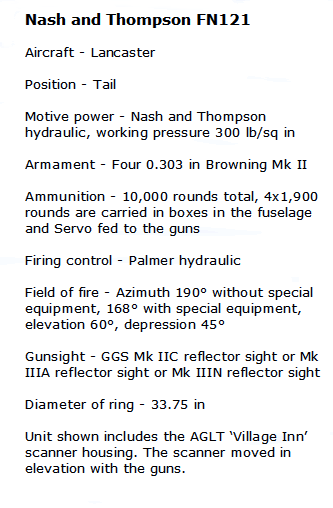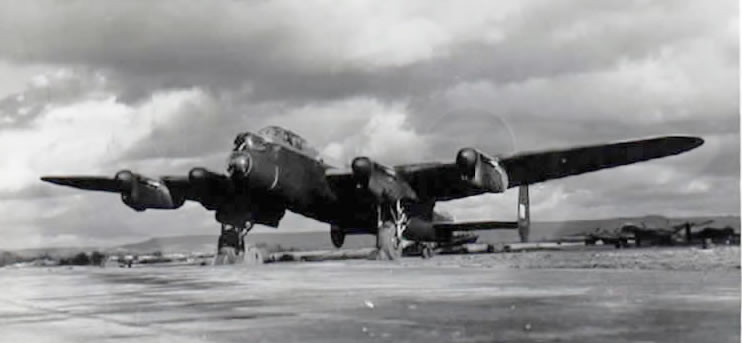
This great photo was supplied by David Plaskett, son of Mervyn Stanley Plaskett , 433 Squadron
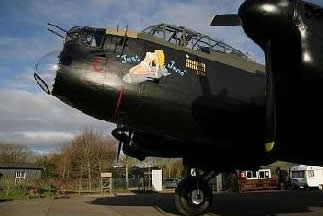
Lancaster BVII NX611, known as ‘Just Jane.’
Photo courtesy of the Lincolnshire Aviation Heritage Center
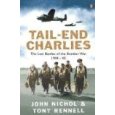 |
The pages below are from the preface of the book Tail-End Charlies by John Nicol & Tony Rennell. They describe a trip back in time for Bob Pierson, an RAF Tail-gunner, now 82 years of age. The authors take him to see the Lancaster BVII NX611, otherwise known as ‘Just Jane’, at the Lincolnshire Aviation Heritage Center. A photo of "Just Jane" is shown above, and a photo of the Lancs flown by the Christenson crew is shown above that. Click here to order the excellent book, Tail-End Charlies. |
"In the NAAFI Hut, we drank hot sweet tea, just as the crews of the Second World War would have done before setting out, and then we shuffled outside and across to the hangar. Bob limped behind in the rear. The sight of Just Jane stopped us in awe. She was a mighty machine, a long, thin tube of a fuselage split by wings that from tip to tip were half the width of a football pitch. The cockpit towered twenty feet in the air. Each of the four engines was the size of a small car. In her wartime green-and-brown camouflage, she would fly us back in time. Pierson was now ahead of us, hurrying forward to study every facet of her, pointing out gunturrets at the front and in the middle, the bubble where the bomb aimer lay to direct the fusillade of high explosives and incendiaries on some benighted German city, the astrodome behind the cockpit from which you could look out and see the stars - or the bursting flak from anti-aircraft guns on the ground. Most of all, he wanted to be inside and back in his spot - the Tail-End Charlie's rear turret, the place where he had fought the war. He ignored his anxious son's pleas to slow down, not to get carried away.
The walking stick was tossed aside as he scrambled up the ladder just forward of the tail. Then he was inside and gone. A man in his eightieth year, he crawled on his hands and knees like a boy over the high wall of the bulkhead housing the tail spar. Then he slipped with unforgotten ease down into the narrow rear turret, his fingers quickly curling round the two twin triggers of the four .303 machine guns. The years rolled away. This was where he had sat night after night - not on the ground under the shelter of a hangar but at 20,000 feet in the air, roaring along at 200 mph, and swaying up and down and from side to side as the winds buffeted the Lancaster's tail. And not under the friendly gaze of family and friends, but sought out by guns and searchlights that would identify him as a hostile, as intruder, and try to destroy him.
We, a fraction of his age, picked our way gingerly through the narrow fuselage, passed the mid-upper gunner's station and the wireless operator's position, to sit in the pilot's seat, grip the control column, stare at the complex array of dials and handlles and buttons. And wonder how she must have shaken and rattled as she thundered down the runway to take off, weighed down with several tons of bombs and full tanks of fuel, the roar of her four Rolls Royce engines filling the cabin and the night. She seemed so small and fragile inside. For those who find the open spaces of a modern airliner confining and uncomfortable enough, here was real cause for claustrophobia. The ceiling was so low you stooped to move, the walls so narrow it was impossible not to bang your knee, snag your coat. And we were safely on the ground and stationary. The imagination took over, posing challenging personal questions. How would I have moved in this tight space when wearing thick layers of clothing to keep out the chill, a life jacket and a parachute? And at night, in pitch black, with the plane heaving and yawing in the wind and the turbulance, or diving to escape a German fighter? Or spinning out of control, on fire, smoke and flames pouring from a ruptured engine...? Could I have done it? Would I have had the guts?"
(JB Note: The rest of this book, Tail-end Charlies by John Nicol & Tony Rennell is equally insightful. Highly recommended.)
Please click on the images below to see a larger picture, additional images and narrative
|
|
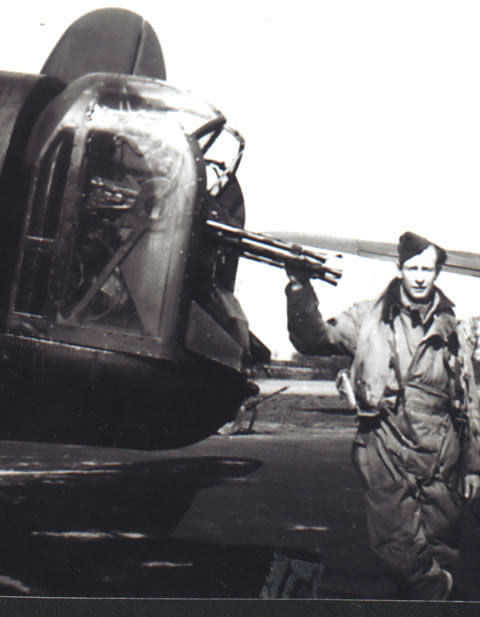
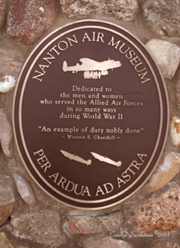



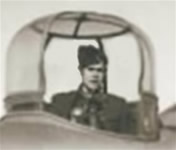
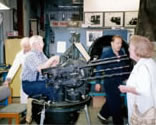
 Powell & Cameron Clare (C_C_) Campbell_jpg.jpg)
